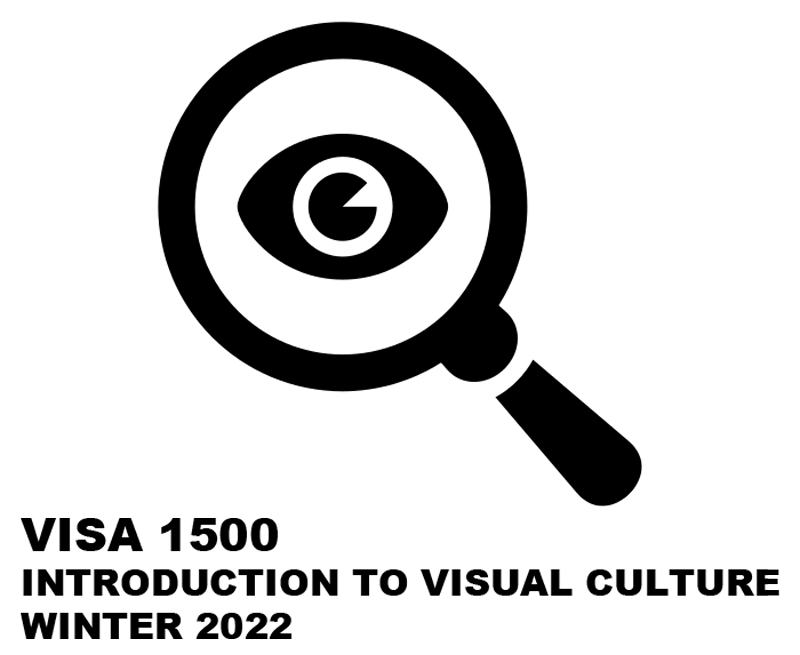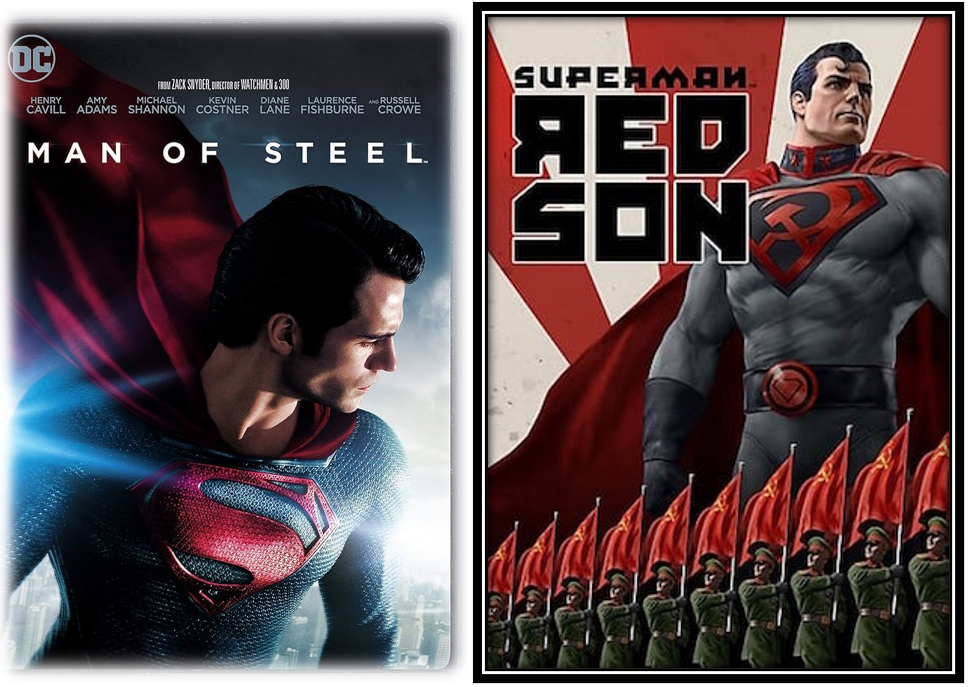Superman, developed in the 1930s by Jerry Siegel and Joe Shuster, is an iconic American hero who represents justice, freedom, and the protection of the “American way.” His original image mirrored Western concepts such as courage, individualism, and patriotism. Superman: Red Son (2003) has an alternate comic plot that reimagines Superman as a Soviet icon, questioning the classic narrative by incorporating communist beliefs and aspirations.
By comparing Superman’s initial representation to his alternate Soviet incarnation, we can see how this character type changed to reflect different philosophies. This comparison will look at changes in Superman’s moral compass, societal function, and allegiances, as they relate to larger discussions about power, society, and media portrayal.
Original Construction: American Superman.
The original Superman, first presented in Action Comics #1 (1938), is portrayed as a Kansas-born American hero who battles for “truth, justice, and the American Way.” His persona is a morally unshakable individual dedicated to safeguarding the innocent and preserving democracy. His characteristics reflect American values, portraying him as a symbol of optimism and integrity.
Contemporary Construction: Soviet Superman in Red Son.
In Superman: Red Son, Superman’s spaceship arrives in the Soviet Union rather than Kansas. This Superman, raised as a symbol of communism, is devoted to the Soviet state and uses his powers to impose a utopian communist regime. His plot represents the political tension of the Cold War era, where Superman is reinterpreted as a power for the state.
The original Superman’s commitment to democratic values contrasts dramatically with the Soviet Superman’s allegiance to state authority. In the American version, he operates free of official oversight, whereas in the Soviet version, he is portrayed as a governmental tool. This shift demonstrates how cultural backgrounds can drastically influence a character’s ethical impulses.
Traditional Superman personifies the Western concept of individual heroism, as he uses his powers freely to make moral decisions. In contrast, Soviet Superman serves the collective good as defined by the state, with individual agency subordinate to society prosperity. This alternative rendition contradicts the Western concept of heroic individualism by presenting heroism as a collective responsibility.
Superman’s American identity is inextricably linked with the principles of liberty and opportunity, which are frequently shown with the American flag or classic patriotic colours. However, Red Son Superman wears a hammer and sickle badge, which represents the Soviet Union’s strength and solidarity. The symbolism symbolizes nationalistic pride from many cultural views, demonstrating how Superman’s image evolves to fit diverse cultural ideas.
Red Son Superman’s dedication to Soviet ideals offers a nuanced spin on the standard superhero paradigm, challenging assumptions about American exceptionalism. The character’s alternative alignment prompts readers to explore how patriotism and morality are culturally created, defying the idea of superheroes as purely American or Western icons of goodness.
Red Son presents Superman from a non-Western perspective, challenging spectators to consider the sources of their cultural beliefs. For non-American readers, this version offers a relatable hero who shares values that are not influenced by Western culture. Research indicates that such diversified portrayals can lessen cultural biases, enabling a broader sense of patriotism and heroism.
Red Son has generated discussions about ideological differences and cultural values. The Soviet rendition of Superman elicits both praise and criticism, especially from American viewers who regard Superman as a defining American figure. This alternate image emphasizes the role of privilege in media, where Western ideas frequently dominate superhero storylines, and encourages viewers to examine new views.
By juxtaposing the original Superman with his Red Son equivalent, we can see how the same figure may embody vastly different beliefs and values. This transition emphasizes Superman’s adaptability as a symbol and demonstrates how media can adapt to represent more diverse global perspectives. Superman’s transformation into a Soviet figure in Red Son exemplifies how media can challenge cultural prejudices and foster empathy across ideological lines. Such depictions widen the hero concept by allowing viewers other perspectives on power, morality, and national identity.
Bibliography
1. Fingeroth, Danny. Superman on the Couch: What Superheroes Really Tell Us About Ourselves and Our Society. New York: Continuum, 2004.
2. Stoddart, Mark C.J. “Ideology, Hegemony, Discourse: A Critical Review of Theories of Knowledge and Power.” Social Thought & Research 28, no. 1 (2007): 191-225.
3. Lang, Jeffrey S., and Patrick Trimble. “Whatever Happened to the Man of Tomorrow? An Examination of the American Monomyth and the Comic Book Superhero.” The Journal of Popular Culture 22, no. 3 (1988): 157-173.
4. Dittmer, Jason. Popular Culture, Geopolitics, and Identity. Lanham: Rowman & Littlefield Publishers, 2010.
5. McLain, Karline. America’s Other Muslims: Imam W.D. Mohammed, Islamic Reform, and the Making of American Islam. Princeton: Princeton University Press, 2006.


Bronté Lauzé
Hey Bhavya! This was a great pick for this assignment. I found it to be very interesting to read as I had never heard about “Soviet Spiderman” before. You did a fantastic job of explaining how the same character can be portrayed in many ways and carry different cultural significances. I have lots of questions which would have been great additions for you to have touched on in this assignment as I think it would have added lots of contexts to your comparison. For example, talking about the creators of “Soviet Spiderman” and sharing more about the origin story. I believe this would have enhanced your assignment by adding to the line of reasoning (LOR) for “Soviet Spiderman”. I wanted to touch on you mentioning how the western world dominates superheroes. Although I had never given it much though I agree, and I think that was a great point to be made. I also liked your argument of comparing western and soviet ideals and how these shape Spiderman and the accessories he wears. My biggest point of concern with your assignment is having zero in text citations. Therefore, I have no idea where your information and specific ideas are coming from so it is hard to differentiate your own ideas from your sources. I also noticed that a few of your “sources” are books so I’m unsure if you read the books but, in text citations would be very important for that sort of thing as that would include things such as page numbers.
Bhavya Bhola
Here are the links you can see and look for the resources:(
1. https://imagetextjournal.com/review-of-superman-on-the-couch-what-superheroes-really-tell-us-about-ourselves-and-our-society-by-danny-fingeroth/
2.https://www.researchgate.net/publication/229033536_Ideology_Hegemony_Discourse_A_Critical_Review_of_Theories_of_Knowledge_and_Power
3. https://www.scribd.com/doc/305909140/Trimble-P-Whatever-Happened-to-the-Man-of-Tomorrow-an-Examination-of-the-American-Monomyth-and-the-Comic-Book-Superhero
4. https://rowman.com/ISBN/9781538116715/Popular-Culture-Geopolitics-and-Identity-Second-Edition
5.https://www.bc.edu/content/dam/files/centers/boisi/pdf/s08/Americas_Other_Muslims.pdf